Who doesn’t love homemade pizza? Concocting your own recipe and eagerly waiting for your culinary masterpiece to be ready is undeniably fun. But it doesn’t beat baking one in an outdoor pizza oven. It’s authentic, and the smoky flavor you get is simply unmatched. While you can go ahead and buy a pizza oven, why not take the concept of homemade pizza to another level by building the oven yourself?
While it may seem like a huge undertaking, building a DIY pizza oven is pretty straightforward. Plus, it can make for a fun outdoor project with an end result that’s definitely worthwhile—one that you’ll be enjoying for years to come.
How Much Does It Cost to Build a Pizza Oven?
If you plan on building a brick pizza oven yourself, the price tag will largely depend on the materials you use. A 36-inch diameter oven, for instance, may cost anywhere from $500 to $2,000.
For a DIY pizza oven, you may need anywhere from 100 to 200 firebricks, each weighing about 8 pounds, for a total of 1,600 pounds. That being said, you may also need to rent a truck capable of carrying the bricks, which will add up to $50 per day to the overall costs. However, the end result—and the endless number of pizzas you’ll be making—is definitely worth every penny.
It’s also worth mentioning that building a pizza oven in your backyard is more practical and less expensive than building one in your kitchen. With all the extra spacing and pipework, adding an indoor brick oven is basically a minor construction project in itself.
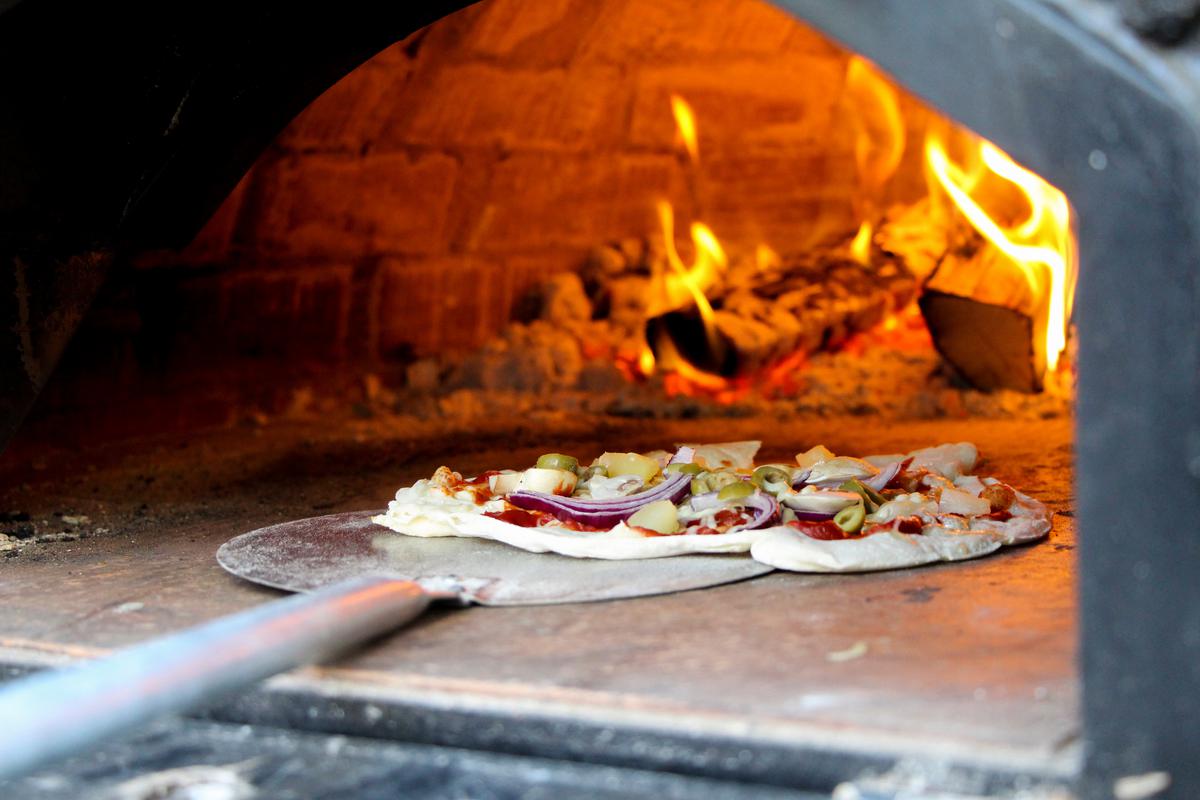
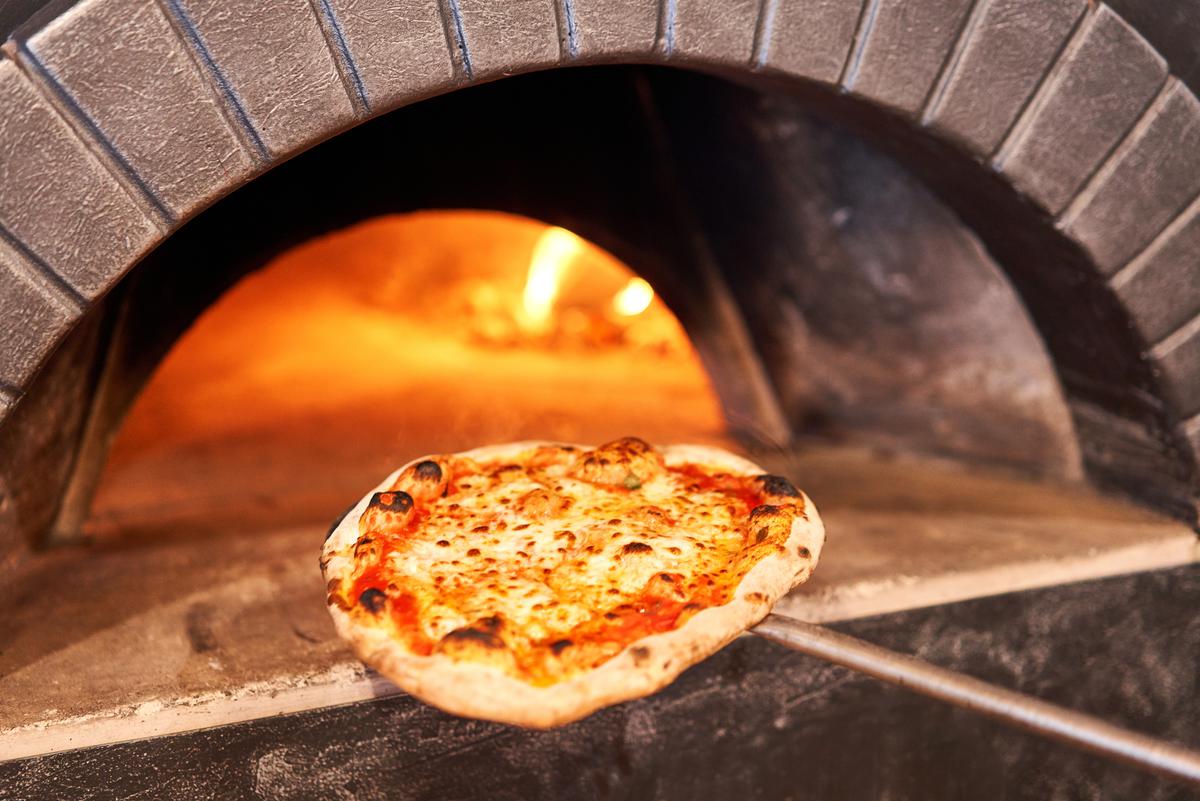
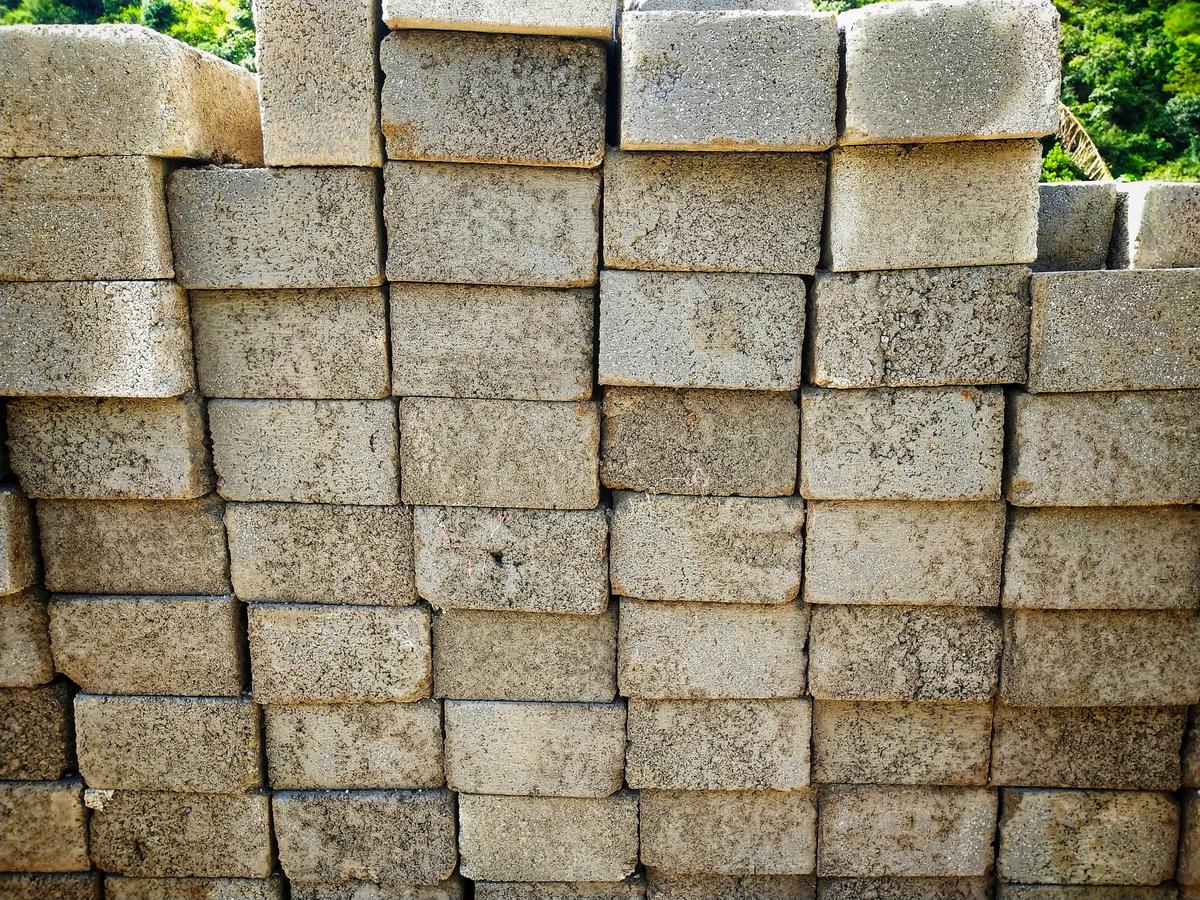
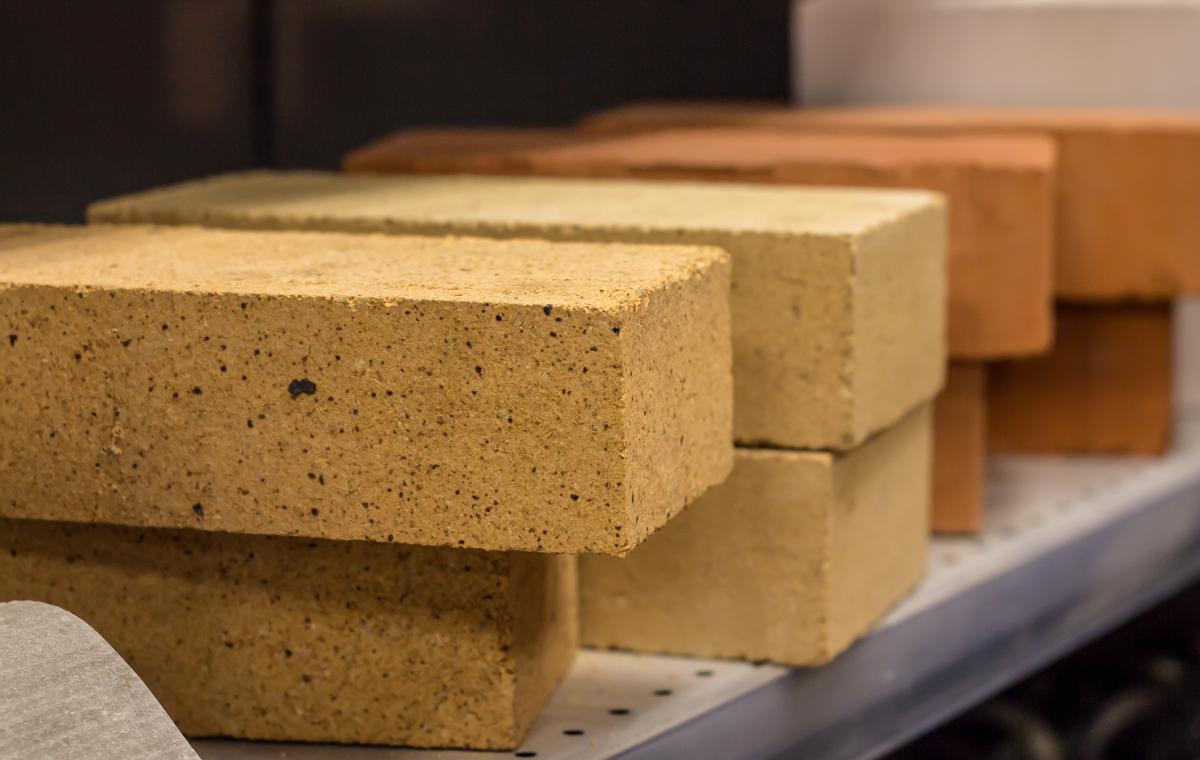
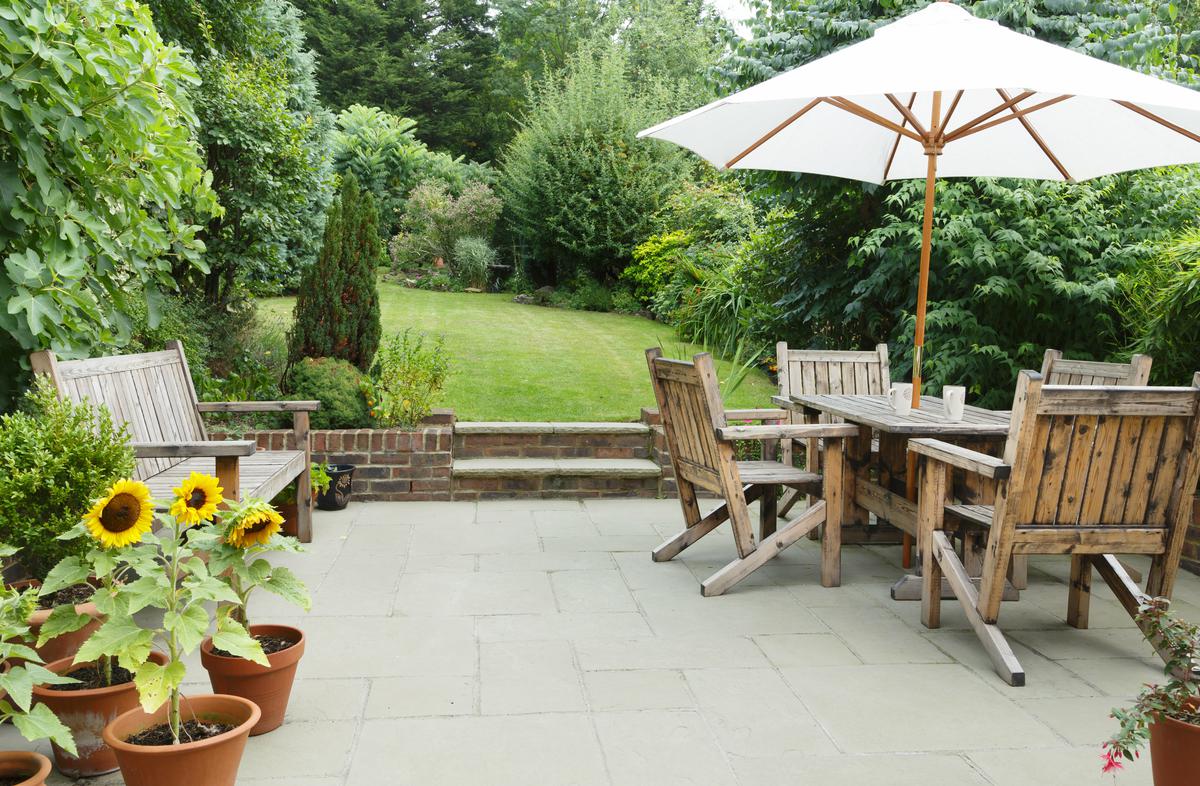
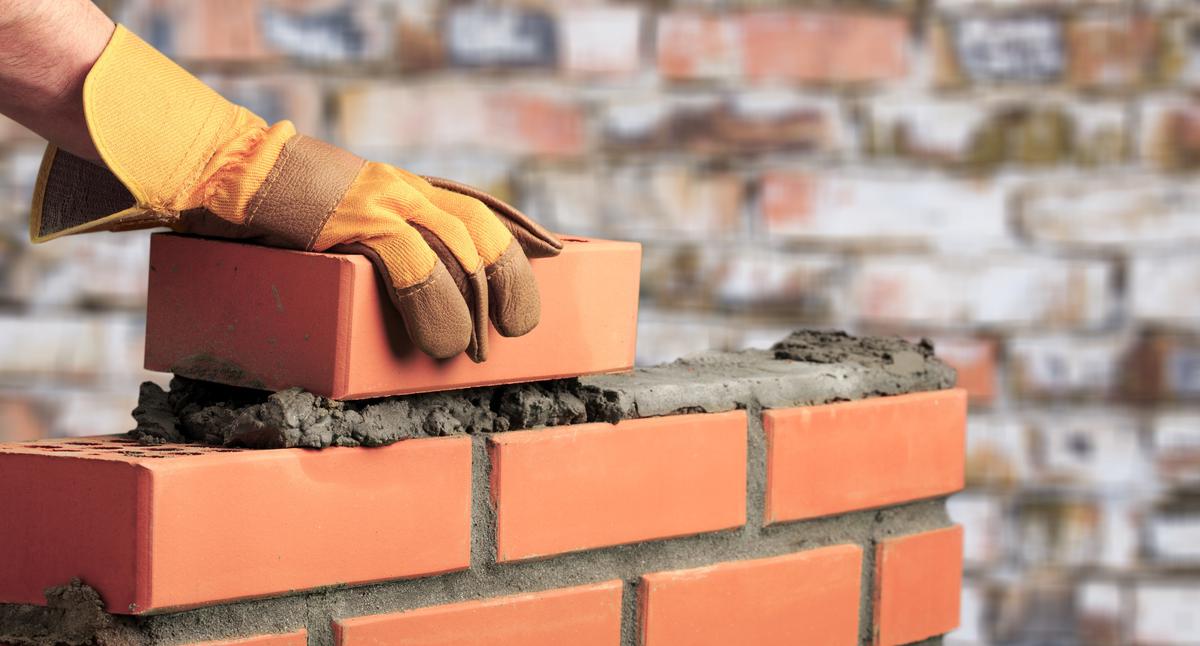
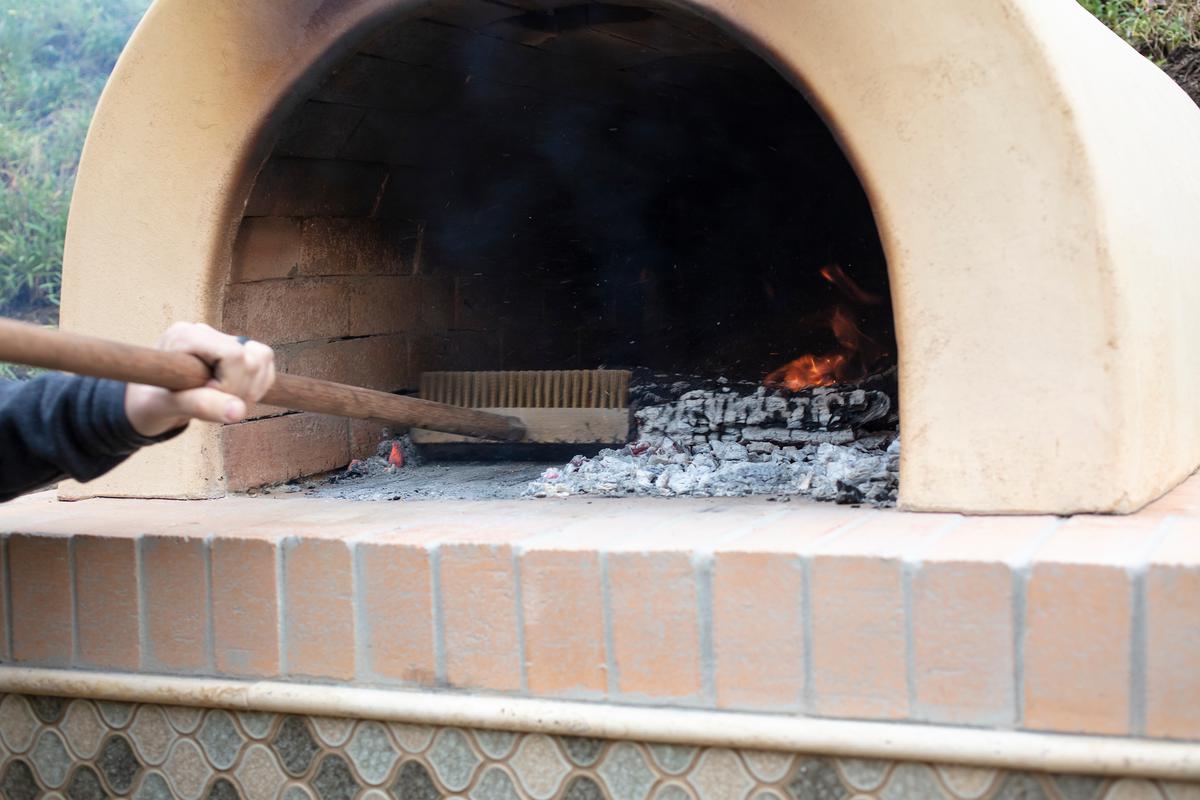
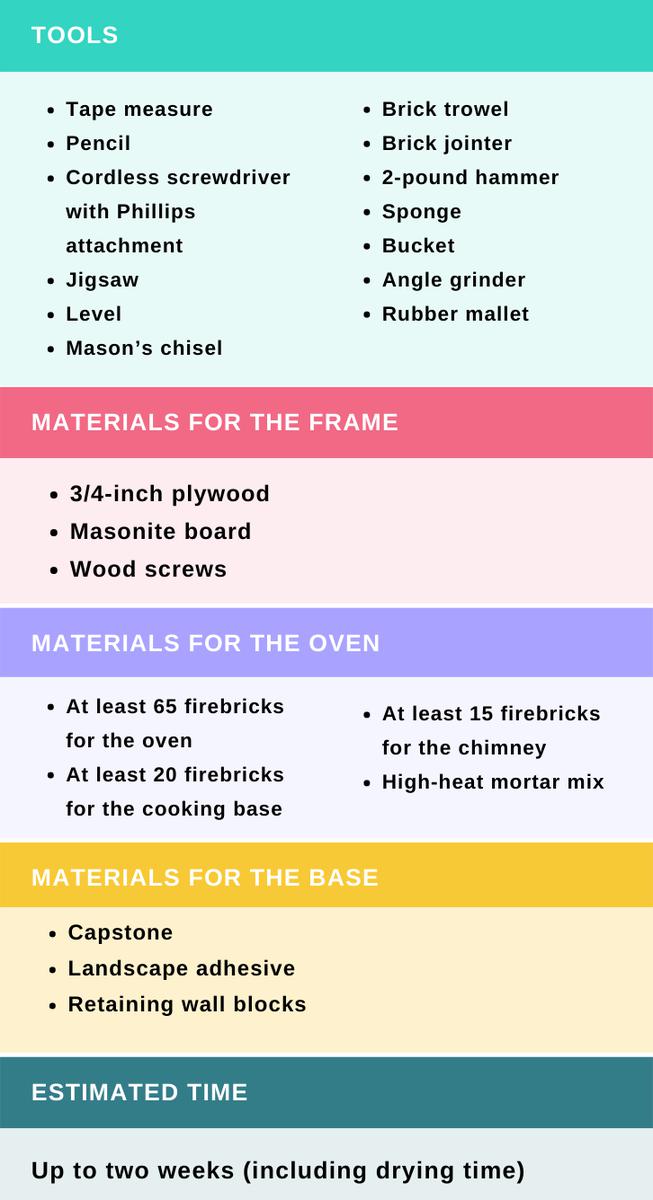

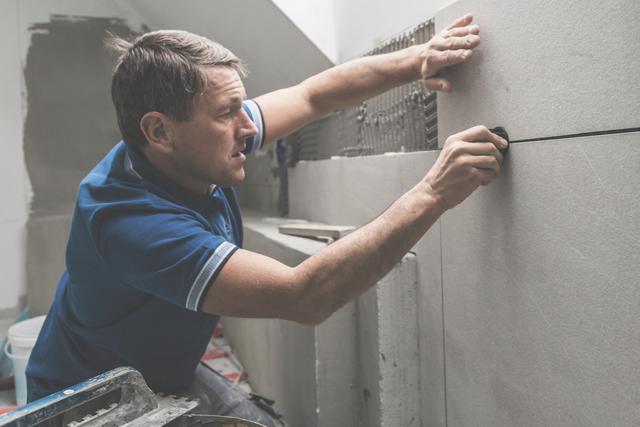


comments